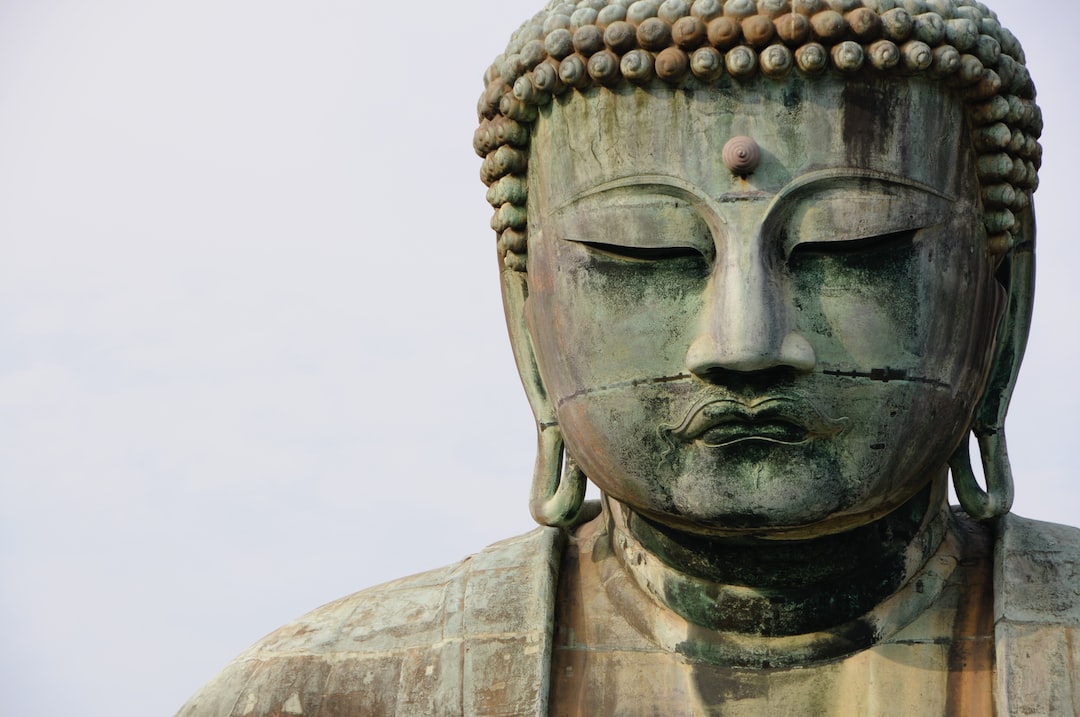The Significance of Religious Symbols and Rituals
Religious symbols and rituals hold a deep-rooted significance in the lives of believers, playing crucial roles in their faith and spirituality. These elements serve as powerful conduits that connect individuals with the divine, providing avenues for communication, worship, and spiritual growth. Whether in the form of symbols that embody sacred meaning or rituals that express devotion, these aspects of religious practice serve as pillars of faith communities across the world. In this blog post, we will explore the significance of religious symbols and rituals, unveiling their essential role in fostering spiritual connection and understanding.
Religious symbols, ranging from the cross in Christianity to the crescent moon in Islam, hold deep and profound meanings for believers. These symbols act as visual representations of faith, providing a tangible connection between the divine and the human. For believers, the sight of these symbols evokes a sense of reverence and spirituality, reminding them of the core values and teachings of their faith. Symbols transcend language and cultural barriers, allowing individuals from different backgrounds to communicate and recognize shared beliefs. They serve as reminders of the divine presence in everyday life, offering comfort and solace during times of joy and tribulation.
Moreover, religious rituals play a central role in the lives of believers, providing structure, meaning, and a sense of community. Rituals unite individuals in shared experiences, affirming their faith and reinforcing a communal bond. From baptism in Christianity to daily prayers in Islam, these rituals serve as spiritual milestones, marking important moments in a believer’s journey. They act as a means of expressing devotion, reverence, and gratitude towards the divine, allowing individuals to feel closer to their higher power. Through rituals, believers find solace in the repetition, finding peace and tranquility in the familiar patterns.
Furthermore, rituals often serve as a means of surrendering oneself to a higher power, acknowledging one’s limitations, and seeking guidance and support. By engaging in these practices, believers foster a profound sense of humility and submit to a divine authority. This act of surrendering allows individuals to find comfort in letting go of their worries and placing trust in the higher power. Rituals provide a structured avenue for believers to seek forgiveness, redemption, and spiritual healing. They become part of a larger narrative, connecting individuals to a long line of believers who have practiced these rituals for centuries.
In addition, religious symbols and rituals also serve as a source of education and spiritual growth. Symbols carry rich historical and cultural significance, providing a glimpse into the traditions and teachings of a particular faith. They act as visual reminders of the stories, values, and lessons that have been passed down through generations. Rituals, on the other hand, allow individuals to engage in active worship and experience spirituality firsthand. Through participating in rituals, believers deepen their understanding of their faith, strengthen their connection with the divine, and cultivate a greater sense of self-awareness and purpose.
In conclusion, the significance of religious symbols and rituals cannot be overstated. They form the very fabric of religious practice, offering believers a tangible connection to the divine and fostering spiritual growth. Symbols serve as visual reminders of faith, transcending language and culture to unite believers across the world. Rituals provide structure, meaning, and a sense of community, allowing individuals to express devotion, seek forgiveness, and experience spirituality firsthand. Together, symbols and rituals enrich the lives of believers, providing avenues for communication, worship, and a deeper understanding of one’s spiritual journey.
